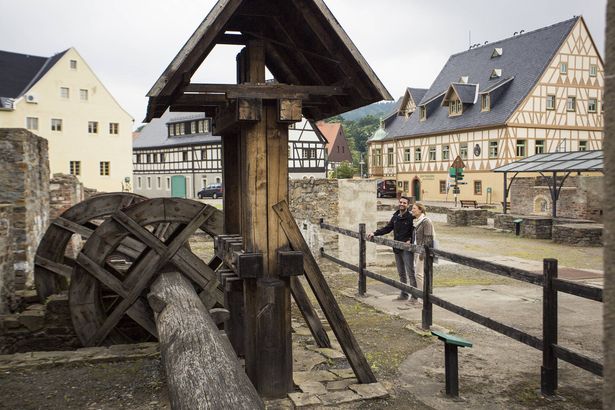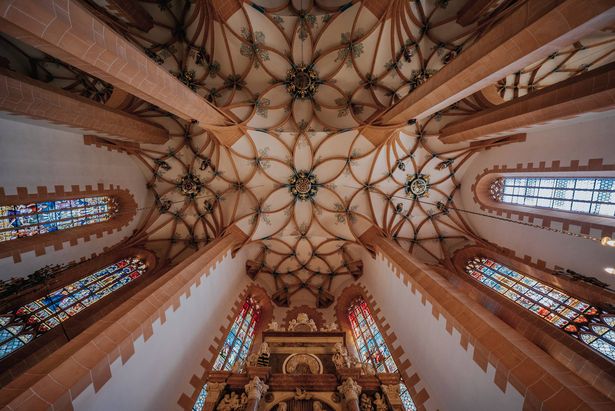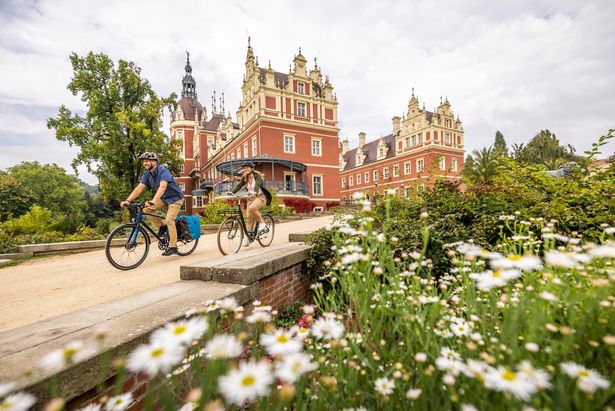Saxony is home to three UNESCO World Heritage sites: “Muskauer Park / Park Mużakowski” in Bad Muskau on the Polish border, the “Erzgebirge/Krušnohoří Mining Region” in the Ore Mountains and - just inscribed on July 26, 2024 - the "Herrnhuter Brüdergemeine" as part of Moravian Church Settlements, together with settlements in the UK and the US. As different as the sites are with an elegantly landscaped park here and mining and religious history there, they all equally underpin Saxony's reputation as Germany's number one cultural destination. Also, they have one thing in common: They all cross national borders and are thus wonderful symbols of the bond with the neighbouring countries of Poland and the Czech Republic on one hand and a worldwide network on the other. Now it's up to you to decide which one of the UNESCO awarded sites will be next on your travel list…
UNESCO World Heritage
Saxony’s world-class culture
What does world cultural heritage mean?
UNESCO’s World Heritage List comprises cultural and natural sites around the world that are protected and conserved collectively. It is intended to represent the most significant testimonies of all cultures in a balanced way and to reflect the diversity of cultural heritage and the richness of natural heritage everywhere in the world. The UNESCO World Heritage title is the highest distinction that any cultural site can attain.
Facts and figures about UNESCO World Heritage
Number of world heritage sites in Germany
Number of countries in the World Heritage Committee
Year when Muskau Park became a world cultural heritage site
Year when the Ore Mountains mining region became a World Cultural Heritage
Year when the "Herrnhuter Brüdergemeine" became a World Cultural Heritage



